Technology
Verizon expands its 5G network to Atlanta, Detroit, Indianapolis and Washington, DC
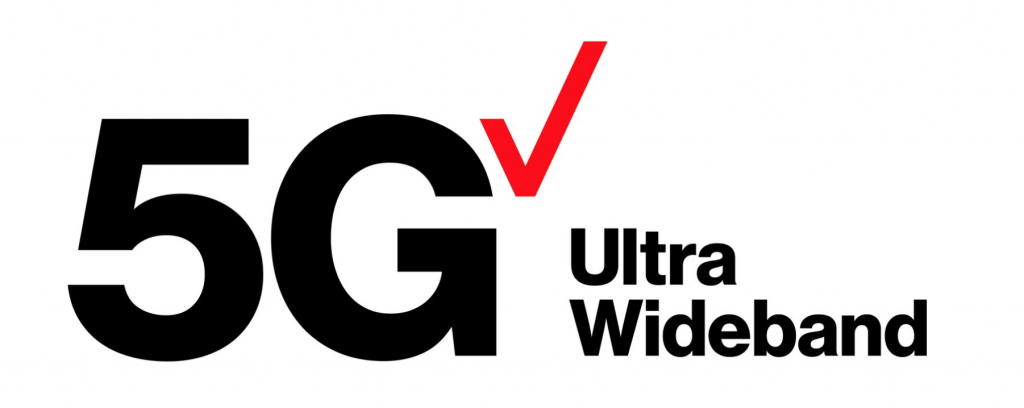
Verizon launched it’s 5G Ultra Wideband service in four additional U.S. cities. Customers in parts of Washington DC, Atlanta, Detroit, and Indianapolis will now be able to access Verizon’s 5G Ultra Wideband network, joining Chicago, Denver, Minneapolis, Providence and St. Paul as Verizon’s first 5G mobility cities.
Business customers and consumers can access the Verizon 5G Ultra Wideband network with one of five 5G-enabled devices – the LG V50 ThinQ 5G™, the moto z3 and z4 combined with the 5G moto mod, the Samsung Galaxy S10 5G or the Inseego MiFi® M1000 – the most 5G devices available on any 5G network.
“Verizon continues its steady expansion of 5G Ultra Wideband service and is excited to bring the 5G future to Atlanta, Detroit, Indianapolis and Washington, DC,” said Kyle Malady, Verizon’s chief technology officer. “Customers in these cities are at the forefront of game-changing technology, with access to download speeds and bandwidth that will power the future of consumer, business and government mobile applications. Similarly, cities that embrace new technology, like 5G Ultra Wideband, have a leg up in competition to attract businesses and create jobs.”
Verizon 5G Ultra Wideband service will be available this year in more than 30 cities including: Boston, Charlotte, Cincinnati, Cleveland, Columbus, Dallas, Des Moines, Houston, Kansas City, Little Rock, Memphis, Phoenix, San Diego, and Salt Lake City. Additional 5G Ultra Wideband cities will be announced later this year.
Verizon continues to lead the world in 5G deployment. It was the first in the world to offer commercial 5G service, with the launch of 5G Home in October 2018, and the first company in the world to offer customers a commercially-available 5G network and a commercially-available 5G-enabled smartphone when it launched 5G Ultra Wideband service in Chicago and Minneapolis along with the moto z3 and the 5G moto mod in April 2019.
5G in Public Spaces
The bandwidth and speed benefit of Verizon’s 5G Ultra Wideband service is available today in dense, urban areas where people tend to congregate – public parks, monuments, outside museums, on college campuses and in stadiums. The areas where customers can experience the power of Verizon 5G Ultra Wideband service include parts of Millennium Park in Chicago and The National Mall in Washington, DC, inside US Bank Stadium in Minneapolis, and on the campus of Brown University in Providence. Verizon 5G service lets residents, businesses, government agencies and visitors to these spaces access the advantages of 5G Ultra Wideband and maximize their experience in the digital world.
Service and Coverage Area Details
With Verizon’s 5G Ultra Wideband Network, businesses and consumers can enjoy essentially real-time experiences with higher capacity, higher throughput and lower latency. That means downloading movies in seconds versus minutes and supporting mobile workforce applications.
In Washington DC, consumers, businesses and government agencies can initially access Verizon’s 5G Ultra Wideband service in areas of Foggy Bottom, Dupont Circle, Cardozo / U Street, Adams Morgan, Columbia Heights, Le Droit Park, Georgetown Waterfront, Judiciary Square, Shaw, Eckington, NOMA, National Mall and the Smithsonian, Gallery Place / Chinatown, Mt. Vernon Square, Downtown, Penn Quarter, Brentwood, Southwest Waterfront, Navy Yard, and nearby Crystal City, VA, as well as around landmarks such as the Ronald Reagan National Airport, United States Botanical Gardens, Hart Senate Building, National Gallery of Art, Lafayette Square, The White House, Freedom Plaza, Farragut Square, George Washington University, Capital One Arena, Union Station, Howard University Hospital, George Washington University Hospital, and Georgetown Waterfront Park.
In Atlanta, 5G Ultra Wideband service will initially be concentrated in parts of the following neighborhoods: Downtown, Midtown, Tech Square, and around such landmarks as The Fox Theater, Emory University Hospital Midtown, Mercedes Benz Stadium, Home Depot Backyard, Centennial Olympic Park, Georgia Aquarium, World of Coca Cola, and parts of Renaissance Park.
In Detroit, 5G Ultra Wideband service will initially be concentrated in parts of the following areas: Dearborn, Livonia, and Troy, including areas around the Oakland-Troy Airport.
In Indianapolis, 5G Ultra Wideband service is initially available in parts of the following neighborhoods, Arsenal Heights, Bates Hendricks, Castleton, Crown Hill, Fountain Square, Grace Tuxedo Park, Hawthorne, Historic Meridian Park, Lockerbie Square, Ransom Place, Renaissance Place, St. Joseph Historic Neighborhood, Upper Canal and Woodruff Place and around such landmarks and public spaces as Garfield Park, and Indiana University School of Medicine.
In all of these cities, Verizon expects to expand service availability in the months ahead so that even more people and businesses can access the power of Verizon’s 5G Ultra Wideband service.
When customers move outside Verizon’s 5G Ultra Wideband coverage area, the 5G-enabled devices hand off the signal to Verizon network.


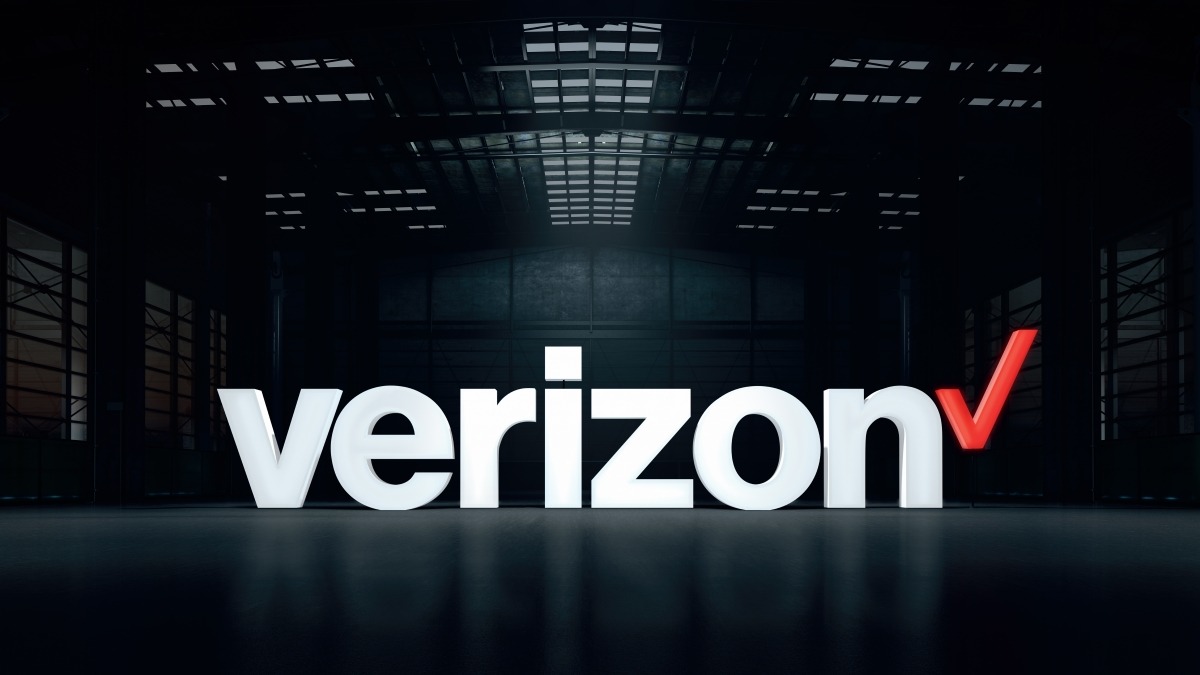
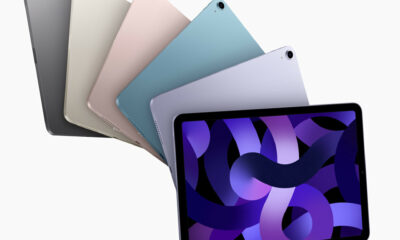
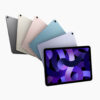
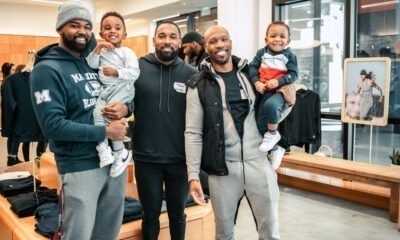

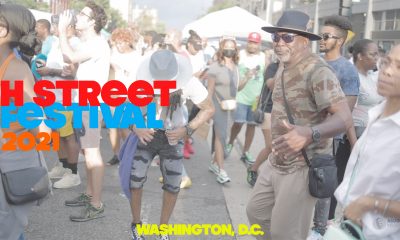
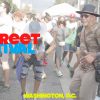






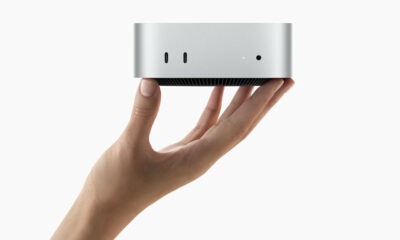
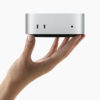
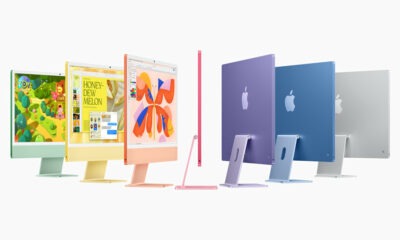
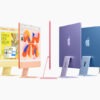
Recent Comments